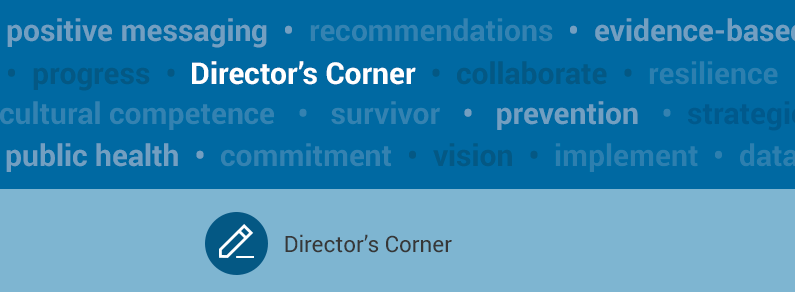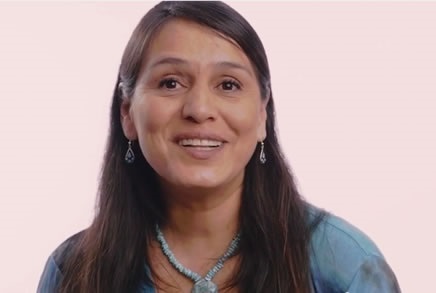Working with Native Communities
August 04, 2016

To effectively prevent suicide among American Indians and Alaska Natives (AI/AN), we must learn to appreciate the uniqueness and build upon the strengths of each tribe, nation, and community. Evidence-based suicide prevention practices need to be tailored for the community and context in which they will be used. There are important differences in the scope and patterns of suicidal behaviors in individual AI/AN communities as well as in the cultural contexts in which prevention programs take place. My experiences growing up in and working with tribal communities and pueblos in the Southwest is different from those of someone living and working with Native communities in other parts of the country. Communities can also have important experiential differences. For example, working with an AI/AN community that has experienced a suicide cluster among its young people will present challenges—and opportunities—that are different from those in a community that has not faced this specific type of trauma.

One way to learn about a community’s culture and the strengths it can bring to suicide prevention activities is to engage in “community-based participatory prevention.” This approach brings community members into the process of developing a suicide prevention program that reflects their culture and beliefs. Community members can help us understand what our own experience and the scientific literature cannot teach us. There are three points that we as suicide prevention practitioners need to remember when we begin this conversation.
First, it is essential to understand a community’s taboos—what community members feel is inappropriate to talk about—and how a prevention program can address issues that are not traditionally discussed. For example, some tribal cultures believe talking about people who have died can impede their path to moving on. And people from many cultures, including some AI/AN traditions, believe that talking about death or other unwanted events can cause them to happen. I once worked with a community that created a protocol for responding to suicide. When a community member then died by suicide, some people felt that we caused a suicide by preparing for one. A reluctance to talk about suicide and death is neither universal among AI/AN cultures nor unique to these cultures. It is essential to understand what cannot be discussed openly in a community and how our suicide prevention messages can be reframed to be effective in the context of that culture. Some tribal communities have addressed this problem by engaging in suicide prevention activities that emphasize life instead of death. For example, on World Suicide Prevention Day, the GLS program in San Felipe Pueblo in New Mexico held a “We Are Resilient” walk rather than a suicide prevention walk. This simple name change helped attract many people in support of an event that highlighted the strengths and resilience of their community.
The second important point we need to remember when working with AI/AN communities is to understand why some communities and families may be reluctant to collect and share data on death and suicide. Many AI/AN communities have seen information about problems in their communities used to perpetuate stereotypes rather than solve problems. Yet some AI/AN communities have come to understand how the use of data can benefit them. The White Mountain Apache Tribe has developed and implemented a suicide surveillance system that is saving lives in their community and has become a model of how data can be used to prevent suicide.
The third point is the importance of talking about community strengths and resilience in every conversation. We often spend too much time talking about suicide rates and risk factors in a community, while ignoring its strengths, abilities, and assets. Books, media reports, and the scientific literature on AI/AN people are far too often filled with negative stereotypes about poverty, substance abuse, and rates of chronic illness such as diabetes. Native people can internalize these negative stereotypes. It is essential to remember that there are strengths in AI/AN communities, peoples, and cultures. These could include family and community connections, respect for elders and traditional knowledge, and a concern for future generations. Working with a community to discover and use its unique strengths and assets is an essential part of helping AI/AN communities create suicide prevention programs that can help their members to sustain their communities.
For more information:
